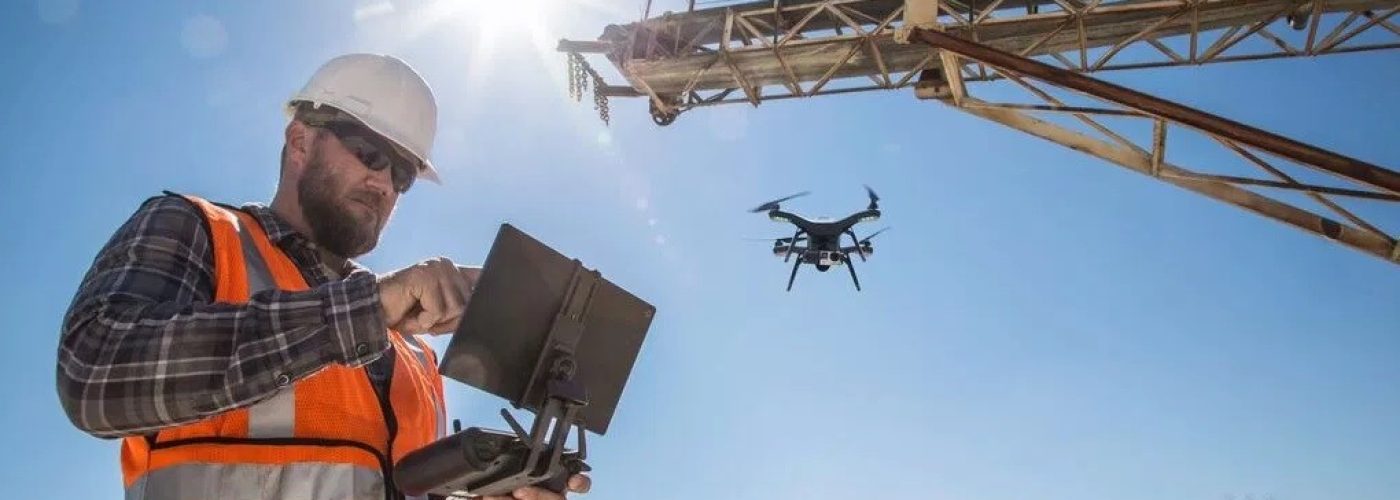In recent years, the use of military drones, also known as unmanned aerial vehicles (UAVs), has become a significant tool in national defense strategies around the world. These advanced technologies allow governments to enhance their ability to monitor, respond to threats, and protect their citizens. The implementation of drones in military operations has revolutionized the way modern security challenges are managed, offering benefits in surveillance, precision strikes, and minimizing human risks.
Enhanced surveillance and intelligence gathering
One of the primary advantages of a military drone is their ability to conduct surveillance operations over vast areas. Drones equipped with high-definition cameras, thermal imaging, and other sensors can collect real-time data and intelligence without putting personnel at risk. This capability allows the military to monitor borders, conflict zones, and sensitive areas, preventing potential security threats such as terrorism, smuggling, or unauthorized incursions. By providing constant surveillance from a safe distance, drones offer governments the opportunity to maintain a watchful eye on regions of interest, even in remote or dangerous environments. This technology enables decision-makers to respond quickly to emerging threats, making drones invaluable for national security.
Precision strikes with reduced collateral damage
Another critical role that drones play in modern military operations is their use in precision strikes. Unlike traditional manned aircraft, drones can hover over a target for extended periods, providing detailed information and the ability to strike with remarkable accuracy. This reduces the risk of collateral damage, which is a significant concern in military operations near civilian populations. Drones allow governments to carry out targeted attacks on high-value targets, such as terrorist leaders or militant groups, with minimal risk to civilian life. These operations often involve missions that would be too dangerous or costly to carry out with manned aircraft, making drones a more efficient and ethical option in certain conflict scenarios.
Reducing risk to military personnel
One of the most notable advantages of drones is their ability to minimize the risk to human life. In traditional military operations, soldiers, pilots, and intelligence personnel are often placed in harm’s way. With drones, many dangerous tasks can be carried out remotely, reducing the number of military personnel needed in combat zones. This remote-control capability also means that governments can conduct operations in hostile or inaccessible regions without the logistical challenges of deploying human troops. By lowering the risk to military forces, drones enhance the effectiveness of operations while ensuring the safety of military personnel.
Border security and counterterrorism efforts
Military drones have also proven to be an essential tool in maintaining border security and combating terrorism. In countries facing challenges with illegal immigration, drug smuggling, or infiltration by terrorist groups, drones offer a reliable means of patrolling and securing national borders. Drones can cover long stretches of terrain, especially in difficult-to-reach areas, such as deserts or mountains, that might otherwise be vulnerable to unauthorized entry. In counterterrorism operations, drones can be used to track and eliminate terror networks with precise strikes. The flexibility and responsiveness of drones enable security forces to neutralize threats quickly and efficiently, contributing to global and domestic security.
Ethical and legal considerations
Despite their numerous advantages, the use of military drones raises several ethical and legal concerns. One of the main challenges is ensuring that drones are used in accordance with international law, particularly with regard to human rights and sovereignty. Some critics argue that drone strikes can violate the sovereignty of nations, especially when they occur without explicit consent from the host country. Additionally, there are concerns about the transparency and accountability of drone operations. The potential for mistakes, such as misidentification of targets or civilian casualties, highlights the need for strict oversight and clear rules of engagement when deploying drones.
The future of military drones
As technology continues to evolve, drones are likely to become an even more integral part of military strategy. Advances in artificial intelligence (AI) and autonomous systems could further enhance the capabilities of drones, allowing them to make real-time decisions on the battlefield without direct human intervention. This could lead to faster and more efficient operations, though it also raises new ethical questions about the role of machines in warfare. Furthermore, with the increasing availability of drones, governments around the world are investing in counter-drone technologies to defend against potential drone-based attacks. This arms race highlights the dual-edged nature of drone technology: while they offer significant security benefits, they also present new challenges for defense.





